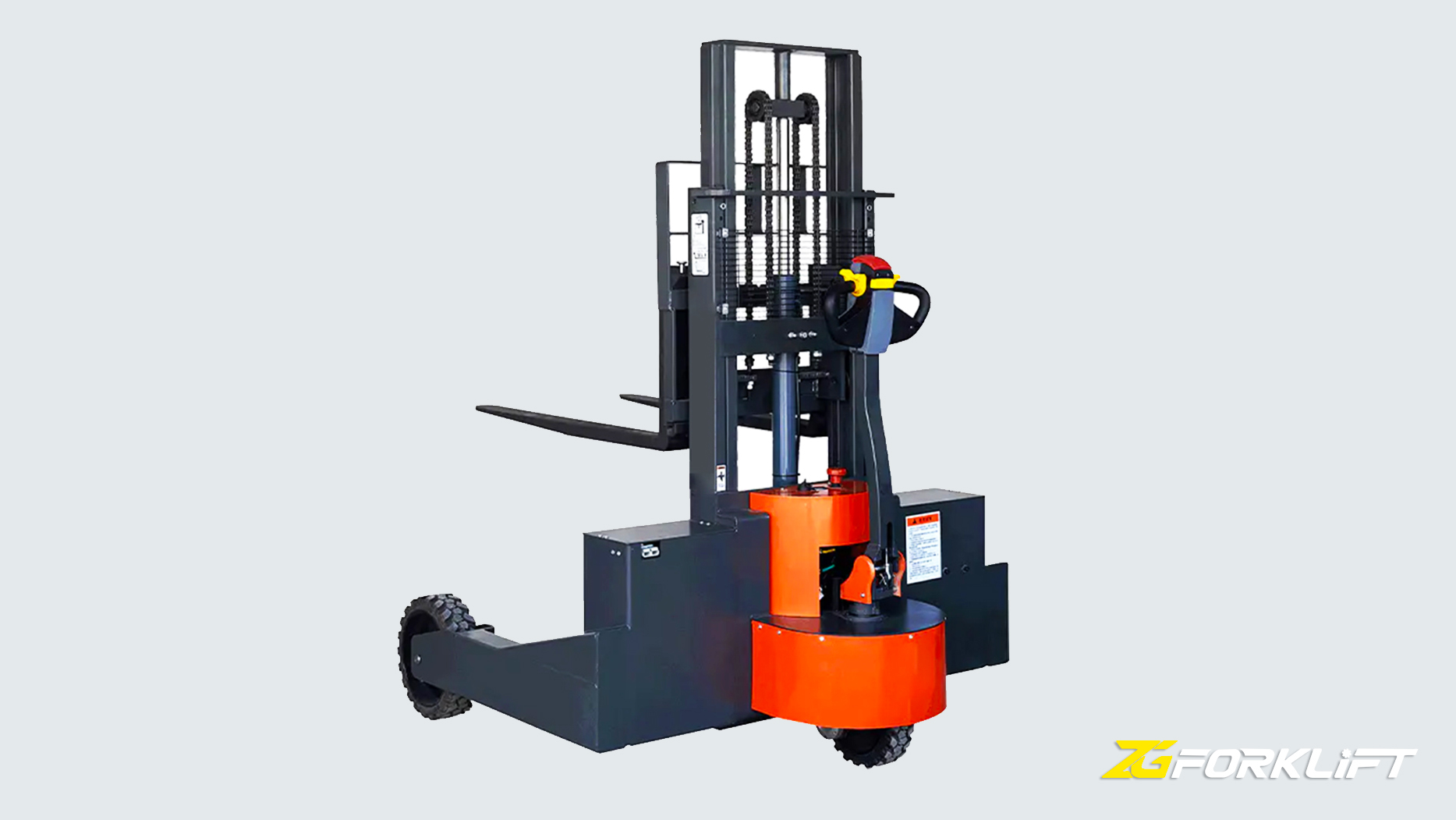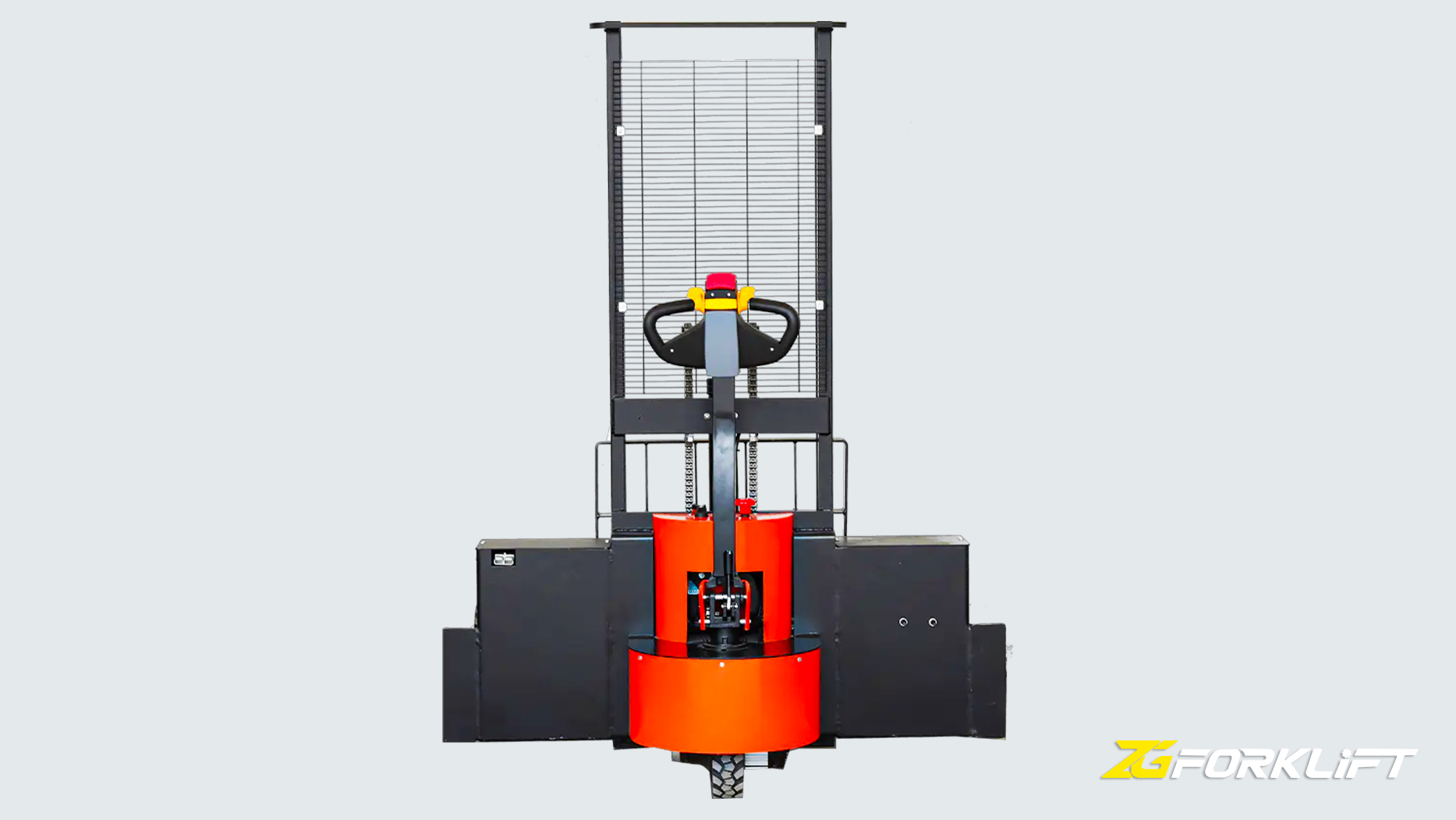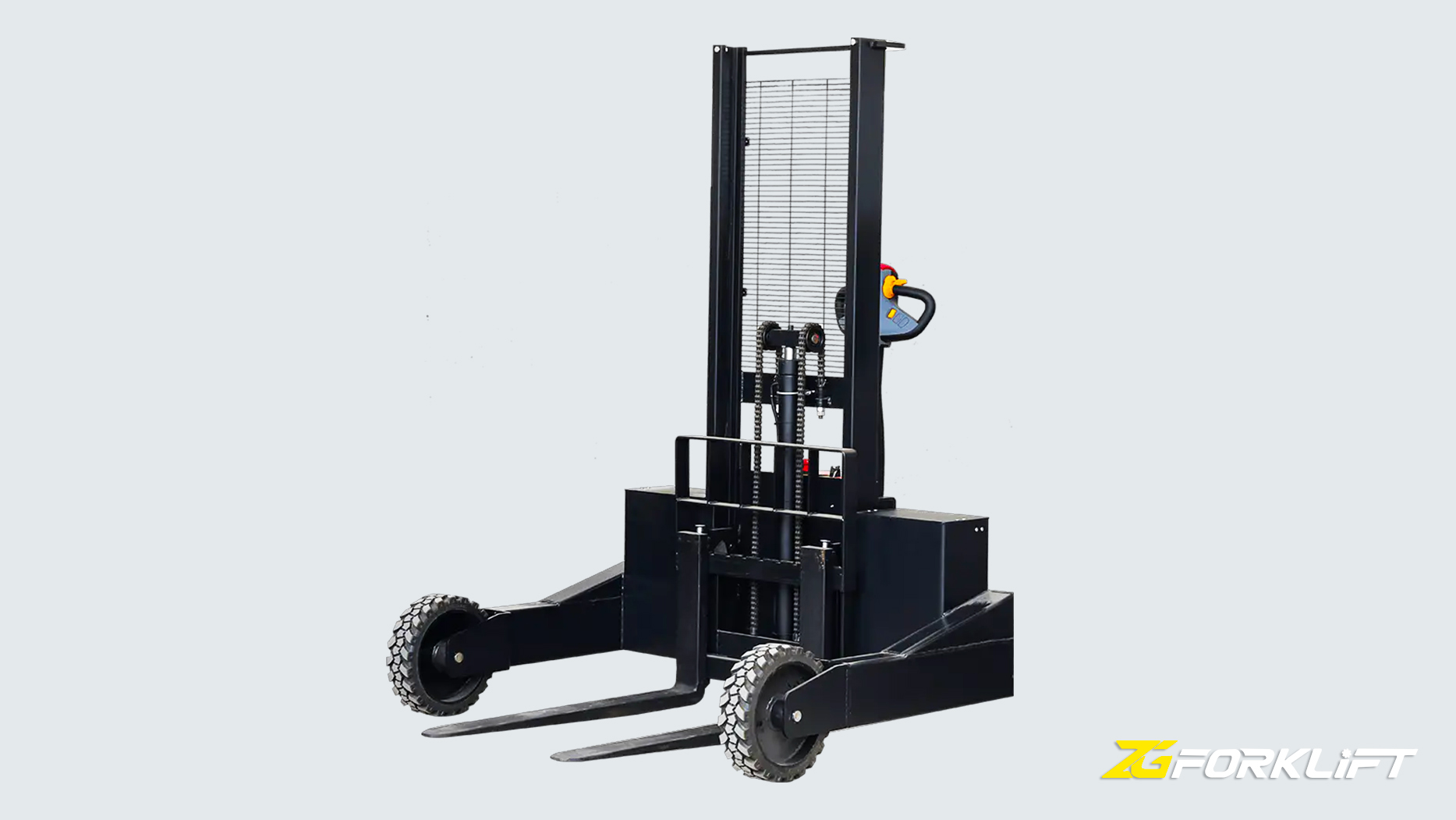Is a Pallet Truck a Forklift? A Deep Dive into Material Handling Equipment
The world of material handling is vast and complex, filled with specialized equipment designed to move, store, and manage goods efficiently. Among the most common pieces of equipment are pallet trucks and forklifts. While both serve the fundamental purpose of moving palletized loads, they differ significantly in their design, capabilities, and applications. This article delves into the nuances of each, definitively answering the question: is a pallet truck a forklift? The short answer is no. While they share a common ancestor and purpose, they are distinct pieces of equipment with different functionalities.
Understanding the Pallet Truck:
The pallet truck, also known as a pallet jack, is a fundamental tool in warehouses, distribution centers, and retail environments. Its primary function is to lift and move pallets short distances. Pallet trucks are characterized by their simple design, consisting of a horizontal fork, a hydraulic pump, and a handle. They are typically manually powered, requiring the operator to pump the handle to raise the forks and then pull or push the load. Electric pallet trucks, often referred to as powered pallet jacks or walkie pallet trucks, are also available, offering increased efficiency and reduced operator fatigue, especially for longer distances.

Key Features of Pallet Trucks:
Low Lift Height: Pallet trucks are designed to lift pallets only a few inches off the ground, just enough to clear the floor for movement.
Manual or Electric Operation: Manual pallet trucks rely on human power, while electric versions utilize a motor for lifting and movement.
Compact and Maneuverable: Their small size and maneuverability make them ideal for navigating tight spaces and narrow aisles.
Limited Lifting Capacity: While capacities vary, pallet trucks generally handle lighter loads compared to forklifts.
Cost-Effective: Pallet trucks are significantly less expensive than forklifts.
Simple Maintenance: Due to their simpler design, maintenance requirements are typically less demanding.
Applications of Pallet Trucks:
Loading and Unloading Trucks: Moving pallets to and from delivery vehicles.
Internal Transport: Moving goods within a warehouse or storage facility.
Order Picking: Transporting pallets to picking locations.
Retail Stocking: Moving merchandise from receiving areas to store shelves.
Understanding the Forklift:
The forklift is a significantly more complex and versatile piece of material handling equipment. It is designed to lift and move heavy loads to significant heights. Unlike pallet trucks, forklifts are motorized vehicles, typically powered by internal combustion engines (propane, diesel), electric motors (battery powered), or fuel cells (hydrogen). They feature two forks (hence the name) that can be raised and lowered vertically using a hydraulic system. Forklifts are essential for a wide range of applications, from warehousing and manufacturing to construction and logistics.
Key Features of Forklifts:

High Lift Height: Forklifts can lift loads to heights of several meters, enabling vertical stacking in warehouses.
Motorized Operation: Powered by engines or electric motors, providing greater power and efficiency.
Higher Lifting Capacity: Forklifts are designed to handle much heavier loads compared to pallet trucks.
Mast and Carriage: The mast is the vertical assembly that supports the forks and allows them to move up and down. The carriage is the component that holds the forks.
Counterweight: A counterweight is used to balance the load and prevent tipping.
Various Attachments: Forklifts can be equipped with various attachments, such as clamps, rotators, and side shifters, to handle different types of loads.
Safety Features: Forklifts are equipped with numerous safety features, including seatbelts, overhead guards, and warning lights.
Warehousing and Storage: Stacking pallets in high racks, retrieving goods, and optimizing storage space.
Manufacturing: Moving raw materials, work-in-progress, and finished goods.
Construction: Lifting building materials, equipment, and debris.
Shipping and Receiving: Loading and unloading trucks, containers, and railcars.
Logistics: Moving goods within distribution centers and transportation hubs.
Answering the Question: Is a Pallet Truck a Forklift?
The comparison table and the detailed descriptions above clearly demonstrate that a pallet truck is not a forklift. While both are used for material handling and often handle palletized loads, they are fundamentally different machines. The key differentiators are lift height, lifting capacity, power source, complexity, and intended applications. A pallet truck is designed for short-distance horizontal movement of relatively light loads, while a forklift is designed for lifting heavy loads to significant heights and maneuvering them over longer distances.
Safety Considerations:
Operating any material handling equipment requires proper training and adherence to safety guidelines. While pallet trucks might seem simpler to operate, improper use can still lead to injuries. Forklift operation, due to the increased complexity and potential hazards, necessitates extensive training, certification, and strict adherence to safety protocols. It’s crucial for operators to understand the specific capabilities and limitations of each type of equipment and to use them responsibly.
Conclusion:
Pallet trucks and forklifts are both essential tools in modern material handling. Understanding their distinct characteristics and applications allows businesses to choose the right equipment for their specific needs. While a pallet truck excels in short-distance movement and order picking, a forklift provides the power and lift height necessary for heavy lifting and vertical storage. Confusing the two or attempting to use them interchangeably can lead to inefficiencies, safety hazards, and even damage to goods and equipment. By recognizing their unique roles, businesses can optimize their material handling processes and create a safer, more productive work environment.
Post time:Feb.14.2025

